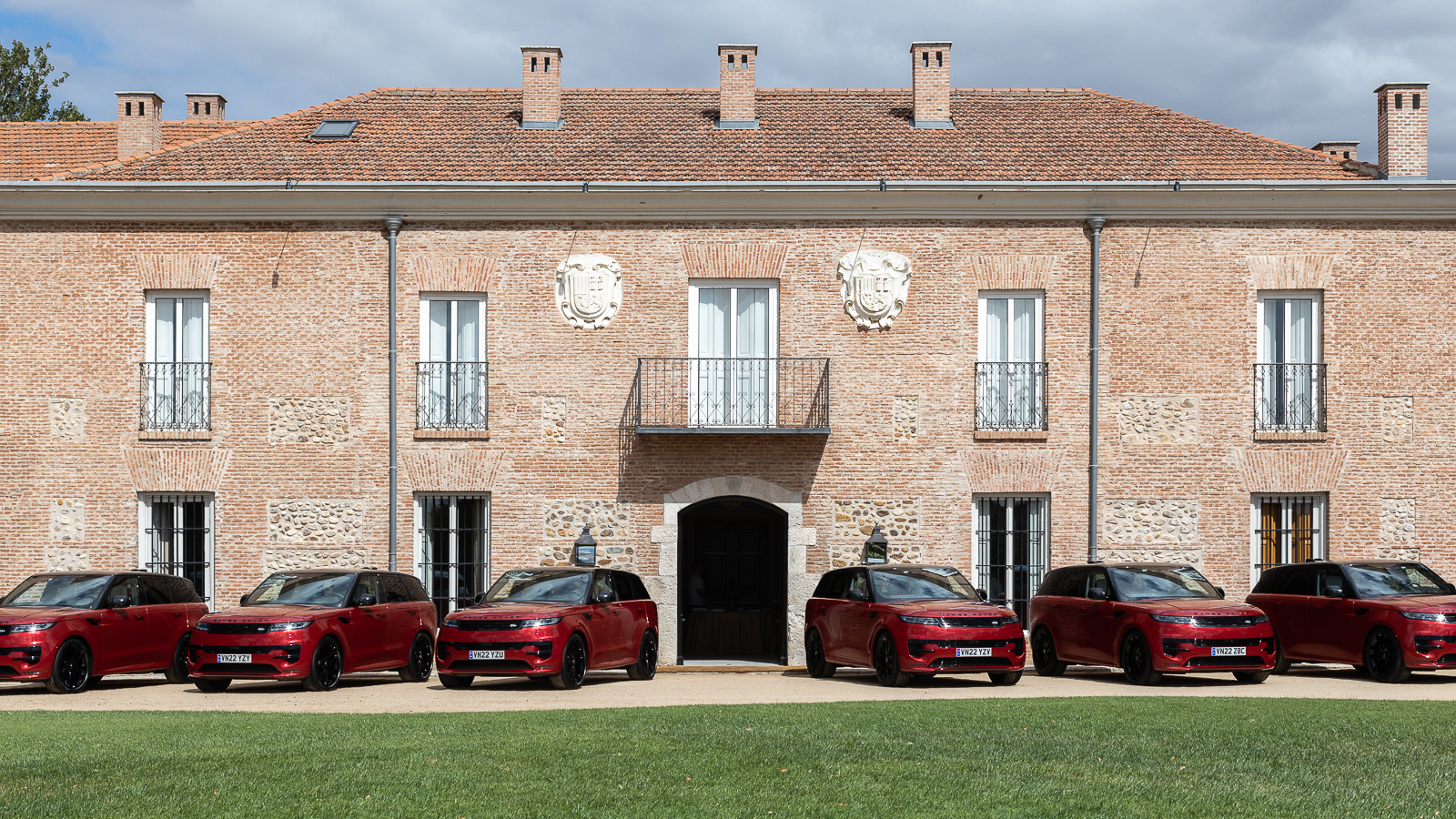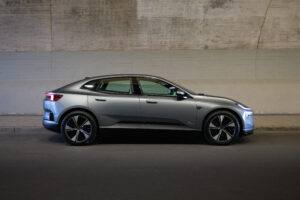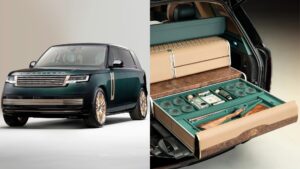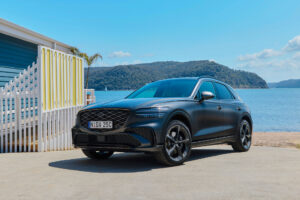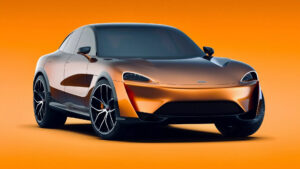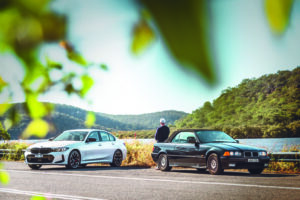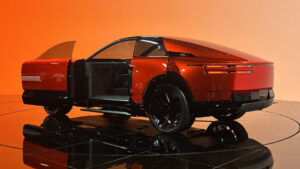The new Range Rover Sport was unveiled in May in dramatic fashion, ascending a spillway against 750 tonnes of flowing water PER minute. Piloted by James Bond stunt driver Jessica Hawkins, the stunt was stereotypical of the brand, showcasing their hero performance product as a supremely capable SUV. And it’s that principle – capability – that has underpinned the brand since its inception, and is still today the very foundation their cars are built on. It can “redefine sporting luxury” but it must be able to tackle terrain its competitors cannot.
While I find that credo admirable – and alluring as a wannabe weekend warrior – the fact that 99% of these cars will never engage Low Range means the brand must focus on appealing to the aspirations of well-heeled buyers, through design, performance, sustainability, and lifestyle alignments – without venturing too far from the mould. In the case of the new Range Rover Sport, this sum of parts have united for a formidable luxury SUV that is defined by details and will, undoubtedly, bolster the brand’s cache.
RELATED: Overfinch’s Range Rover Field Edition Is A $528,000 Classic

Last week, I sipped 2012 Veuve Cliquot in the Emirates A380 bar, en route to Madrid, to live the life of a Range Rover customer. We stayed at Ian Schrager’s newest Edition Hotel, ate at extravagant private estates, and gained behind-the-scenes access to the fascinating restoration department at Museo del Prado. We also managed a fleeting drive in a handful of Range Rover models, including the new Range Rover Sport First Edition – the first opportunity for the press to experience it.
Alongside the hulking V8, the brand also showcased the new Sport with a plug-in hybrid powertrain, which allows owners to run in EV mode for up to 120km (or roughly 80km IRL). I drove the First Edition P530 and P510e plugin-hybrid Autobiography, on consecutive days so thought I’d share some thoughts on the overall package, powertrains, drive, and price.

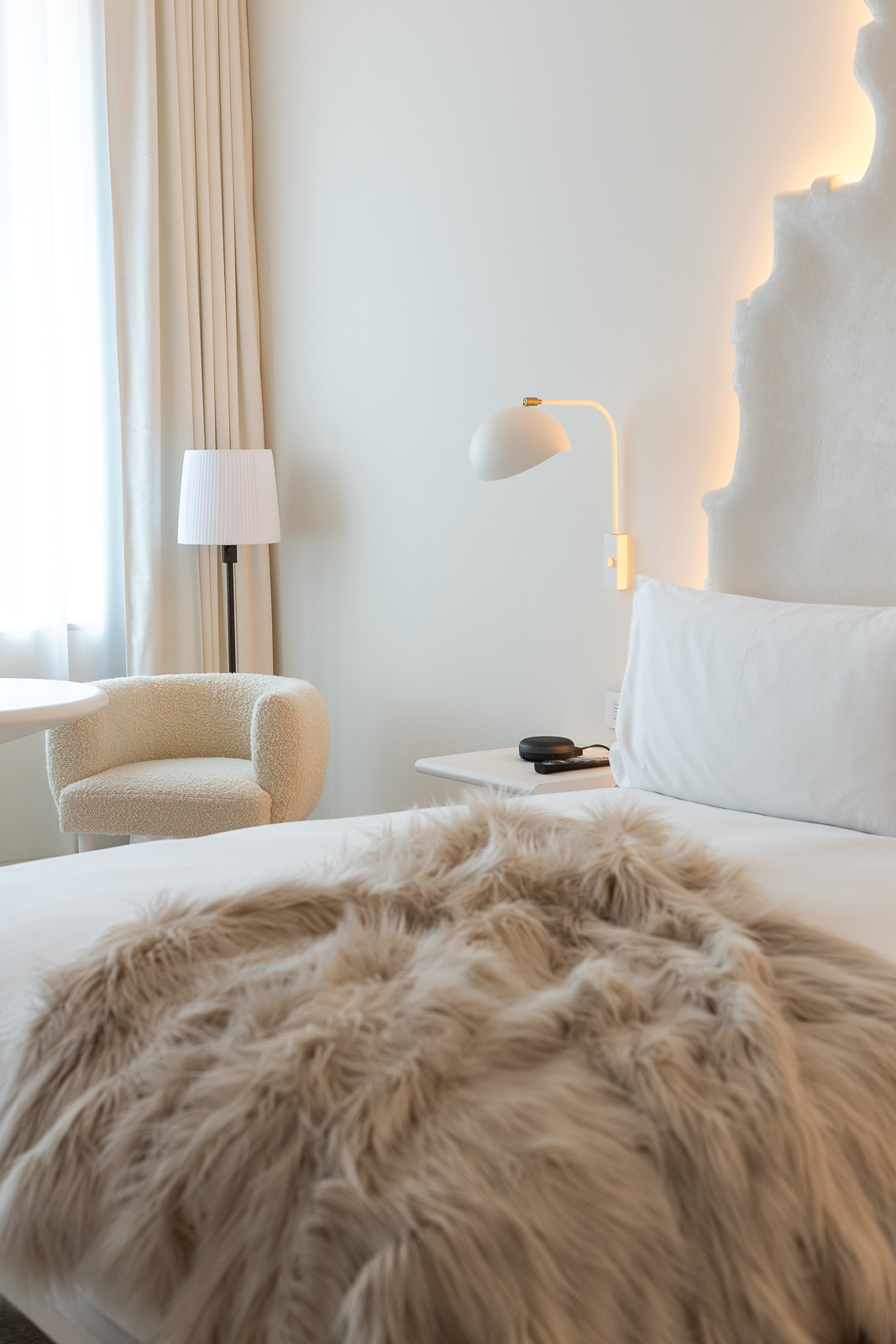
Design
During the global unveiling of both the new Range Rover and Range Rover Sport, viewers heard the word “modernity” ad nauseam. Yes, the new Sport gets the same modern/futuristic/minimal cues as the Range Rover that arrived last year, but that also means they look very similar. Fortunately, buyers are unlikely to own both, so it’s only an issue when you’re looking for the right one to jump in on the global launch. Thankfully, the new design language appeals to me immensely, even if the jargon doesn’t.
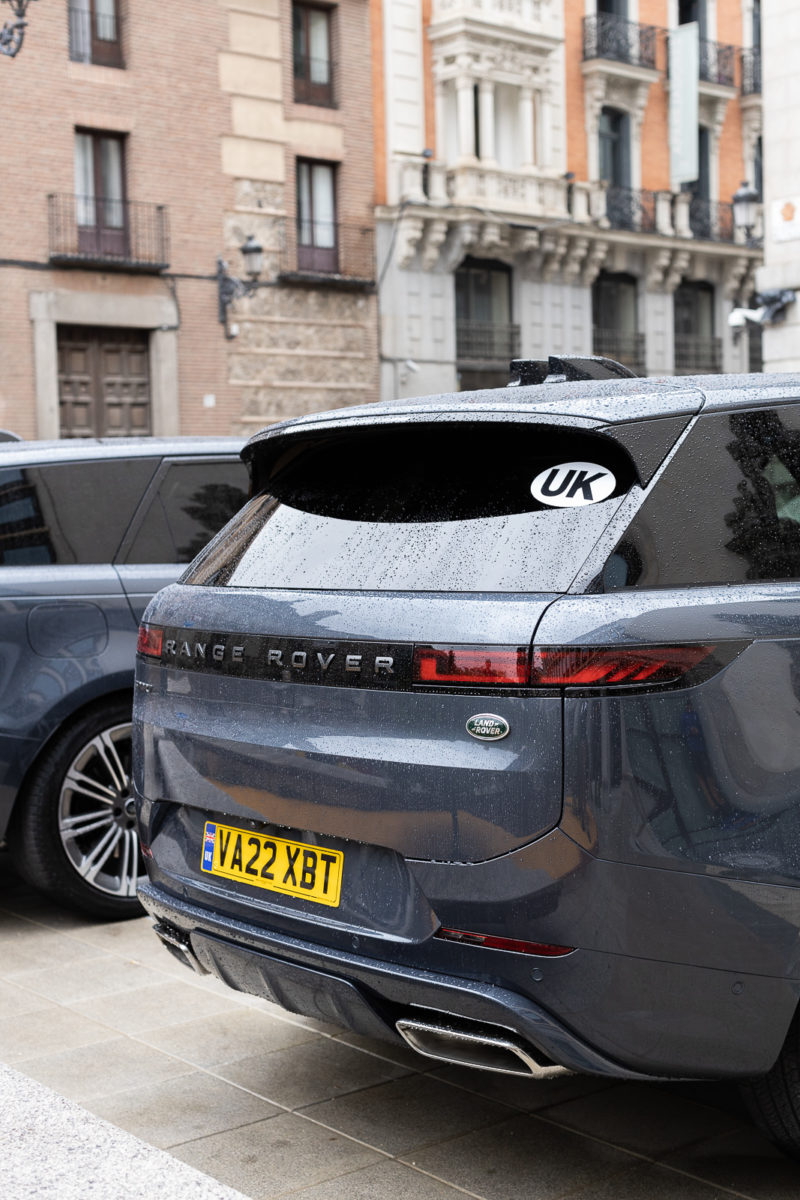
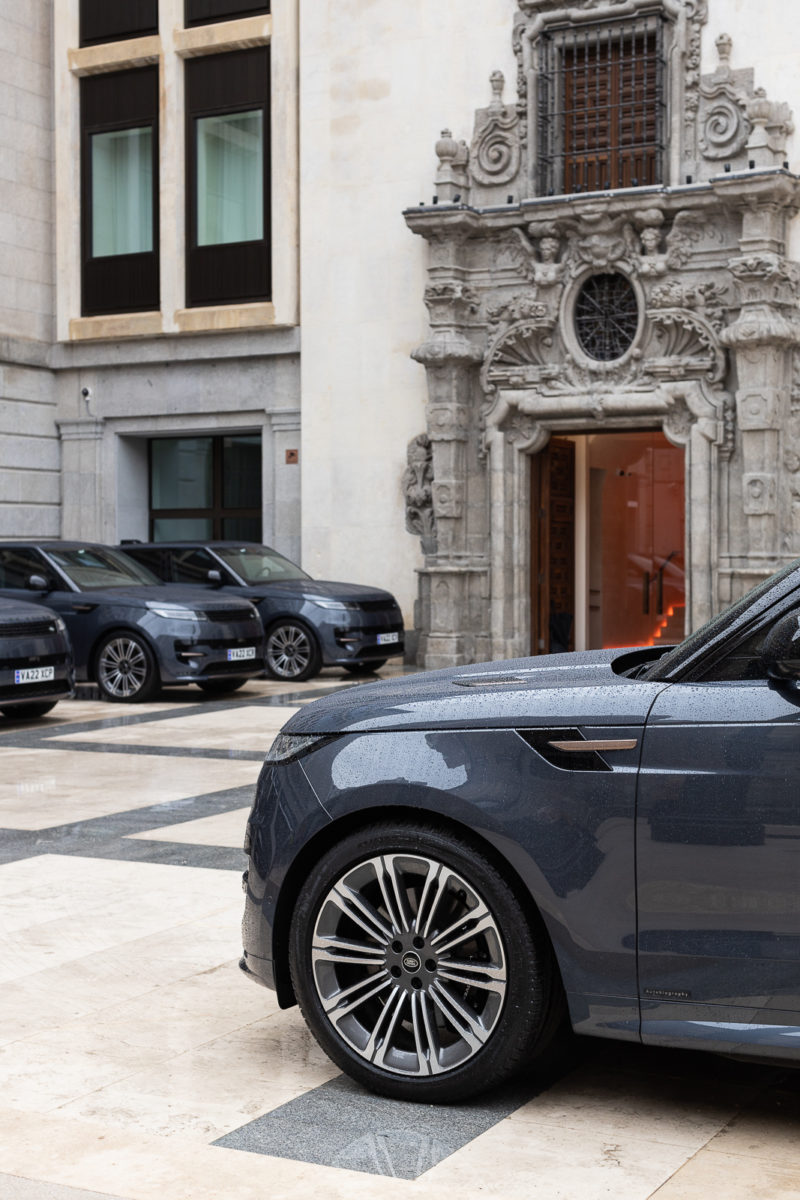
The Sport loses its predecessor’s familiar (ageing) angles but not its iconic profile, maintaining a striking stance and physique. It looks calm but deadly serious, especially on the 23-inch wheels. Slimline LED head and tail lights, as well as flush glazing and door handles, lend subtleness to the design – a less is more approach – that brings a sense of self-assuredness to its appearance. Range Rover calls it ‘taut surfacing’ and it works. Finally, the rear is a triumph, which is a huge plus for the general public as it’s likely all they will see of the First Edition.
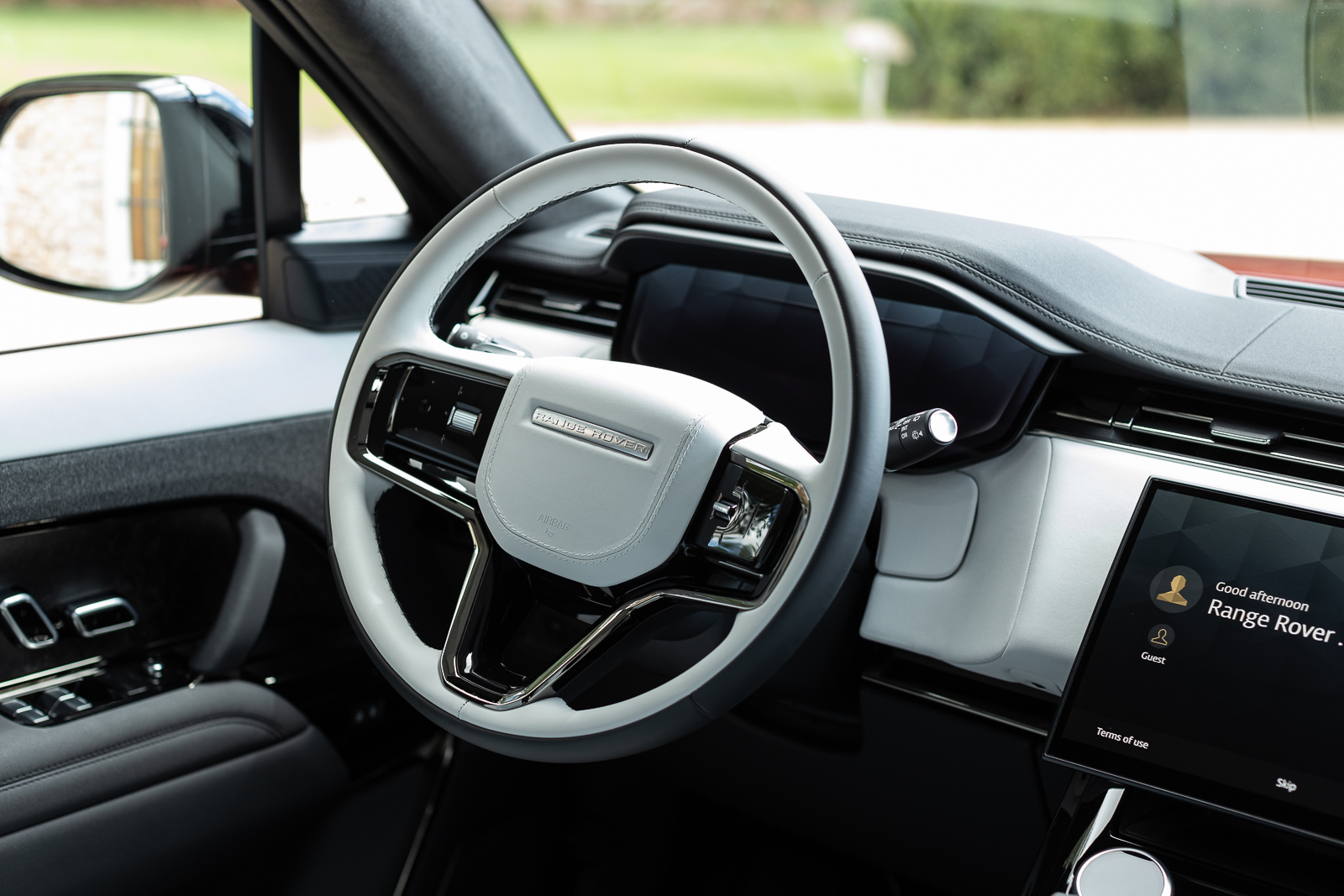
Cabin
Upon arrival, I was chauffeured to the hotel in a new Range Rover SV – seat fully reclined and massage function working hard to quell my lower back woes after 24 hours in the air. For those unfamiliar, it’s hard to explain the sense of serenity inside a Range Rover cabin. For those who are, I can assure you that it has only improved, thanks in part to the active noise cancellation tech (that also features in the Sport) that aims to reduce road noise. It’s not at Rolls-Royce levels but it’s definitely getting closer.


Up front, 22-way adjustable heated and ventilated seats – also with massage function – cosset you in a sublime driving environment enhanced by a stunning, curved, Pivi Pro 13.1-inch touchscreen powering an exceptional Meridian audio system. In the First Edition, the doors and central console are trimmed, as standard, in a satin forged carbon fibre – a fantastic but pricey option at $2,442. With Range Rover’s big push into sustainable materials, they chose to trim all the test vehicles in sustainable ‘Ultrafabrics’. To me, it feels papery and unpleasant to touch. Optioning it (at additional expense) for sustainable reasons, on a 4.4 litre V8, is irony at its absolute best.

Powertrains
Fans of the outgoing Range Rover Sport SVR will be pleased to hear that the new P530 Twin Turbo V8 – which produces 390kW at 750Nm – will match its 4.5-second sprint from 0-100km/h with Dynamic Launch engaged. While it certainly lacks the visceral punch of the SVR, it delivers a solid V8 soundtrack and does so with a 17% improvement in efficiency.
However, if your desire is to balance performance and real efficiency, the P510e extended-range Electric Hybrid (PHEV) is impossible to ignore. The 3.0 litre, six-cylinder petrol engine with 105kW electric motor and 38.2kWh battery, combine for 375kW and an electric driving range of up to 125km.

It will charge from 0 to 80% in less than an hour using a 50kW rapid charger, while a domestic 7.2kW AC wall box will deliver a full charge in under five hours, offering true daily usability minus the petrol bill. Australia will also see the arrival of a P440e in SE spec for plugin hybrid adopters, as well as a pure electric model in 2024.
Entry to the new Range Rover Sport will be in D250 SE guise at $139,160, with D300 and D350 powertrains also available. Petrol buyers can choose from the P360 ($144,788), P400 and P530 alongside the aforementioned plugin offerings.
RELATED: The Ferrari Purosangue Is A Beast (Just Don’t Call It An SUV)


Driving
If you crave acceleration, the Range Rover Sport First Edition is the only choice. Planting your foot and feeling the rear hunker down, and bonnet lift is a sensation you’re unlikely to tire of, although, it never felt blindingly quick – certainly not compared to the all-encompassing SVR it apparently matches. On our brief drive, cycling through the various drive modes, it didn’t offer enough to get me truly excited, or position it as the standout choice over the P510e.
Despite the P510e being the heavier car, it benefited from more evenly distributed weight thanks to the batteries sitting under the floor. Response from the electric motor provided ample acceleration out of corners while feeling flatter on turn-in. On paper, it’s a second slower to 100km/h than the V8, but it’s negligible in real life. Both ride immaculately and both offer rear-wheel steering, which aids spirited cornering and manoeuvrability in tight city streets, thus I’m compelled to say that the P510e is the more desirable option, especially when you consider its plugin capabilities.
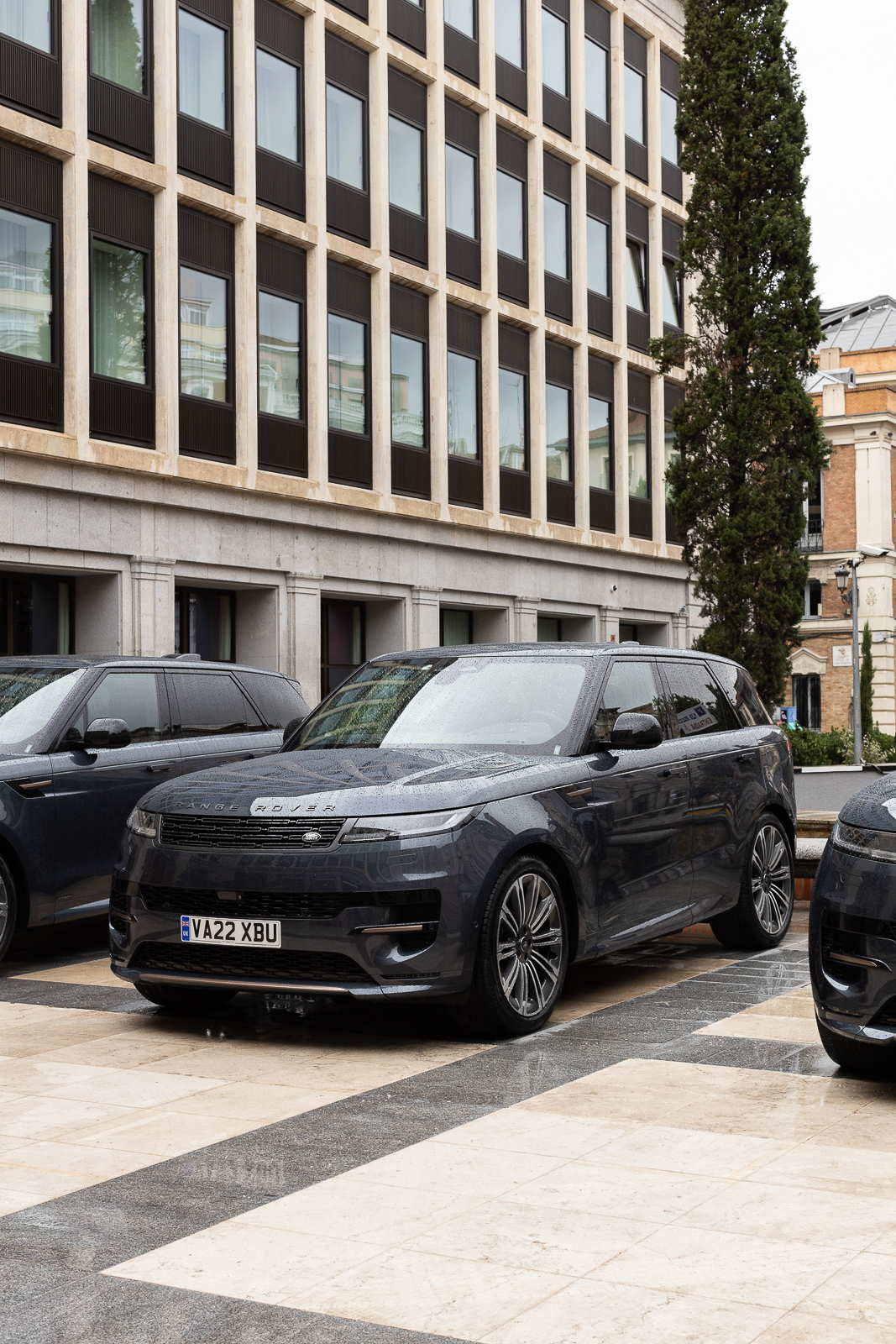
Price & Conclusion
Consistent, incremental innovations and subtle design refinements have resulted in a gorgeous new Range Rover Sport, which delivers a serene and secure drive, complemented by all the bells & whistles one could ever need (if you’re happy to tick the boxes).
In a world of rising fuel prices and general cost of living, it feels refreshing to say the P510e at $198,097 is my pick of the two vehicles, not that the financial implications of ownership are likely to bother the thirty Australian 23MY V8 First Edition owners who spent $241,021. Perhaps I’m enthusiastic about P510e because it signals a real changing of the guard while demonstrating to doubters that hybrid is not only the way forward, it’s the better choice.
